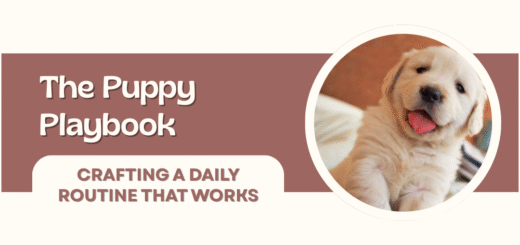How to Charge What You’re Worth (Even When Buyers Wince at the Price)
Let me tell you about Sarah, a SaaS founder who nearly bankrupted her company by racing to the bottom on pricing. She slashed rates to match competitors, worked 80-hour weeks to deliver at those margins, and still lost deals to cheaper offshore options. Then one quarter, desperate, she doubled her prices – and closed more deals than ever.
Here’s what she learned the hard way:
The Little Secret About Cheap Buyers
They’re not your ideal customers. The clients who nickel-and-dime you on day one will:
- Be the first to demand free emergency support at 2am
- Churn the moment someone offers $5/month less
- Leave terrible reviews when reality doesn’t match their bargain-bin expectations
Meanwhile, our agency’s highest-paying client (paying 4x our standard rate) once told me: “I don’t care what it costs – I care that it works.” That contract lasted six years.
How to Flip the Script When Price Comes Up Too Soon
- “That’s an important question – let me ask…”
(Then hit them with one of these)
- “What would happen if this solution saved your team 15 hours/week?”
- “How much is [specific pain point] costing you monthly right now?”
- “If we could guarantee [result], what would that be worth?”
- The “Yes, And…” Technique
Client: “Your competitor charges half that.”
You: “Yes, and I can show you exactly where they cut corners to hit that price point. For example…” - The Menu Close
“Here’s what you get at our standard tier. For clients who need [premium feature], we offer…”
(Now they’re choosing based on needs, not just price)
Real-World Pricing Power Moves
- A commercial painter I know started including “The No-Stress Guarantee” (free touch-ups for 3 years) and raised prices 40%. His closing rate improved because contractors valued certainty over saving $500 on a $15k job.
- My friend who sells manufacturing equipment films 30-second videos of similar clients saying “This machine paid for itself in X months.” When price objections come up, he texts the most relevant one immediately.
When Big Companies Play Hardball
Enterprise buyers love to flex with “We’re [Big Brand], we need custom pricing.” Try this:
“We actually have three enterprise clients in your space – they all started with our standard package to prove value before discussing volume terms. Would you like to connect with one of them?”
(Does four things at once: establishes social proof, delays discount talks, sets a trial precedent, and makes them worry they’re missing out)
The Magic Words That Justify Higher Prices
Not “premium” or “enterprise-grade” – those are meaningless. Use:
- “This eliminates [specific headache] completely”
- “You’ll never have to worry about [common industry problem] again”
- “We handle [annoying task] for you automatically”
Remember: Price Resistance Is Usually About Something Else
When buyers say “It’s too expensive,” they often mean:
- “I don’t see the ROI yet” → Show the math
- “I can’t get approval at this number” → Arm them with an internal pitch deck
- “I’m scared of making the wrong choice” → Offer a pilot or money-back period
The Ultimate Pricing Truth
Your best clients aren’t buying your product. They’re buying:
- Nights and weekends with their family instead of putting out fires
- A promotion when they hit their numbers
- The confidence that comes from knowing it’s handled
That’s why the salespeople winning today aren’t the ones with the lowest prices – they’re the ones who can paint the clearest picture of life after purchase.
So next time someone balks at your rate, smile and say: “If this delivers everything we’ve discussed, would the price still be an issue?”
Watch how often the conversation suddenly shifts to implementation timelines.


